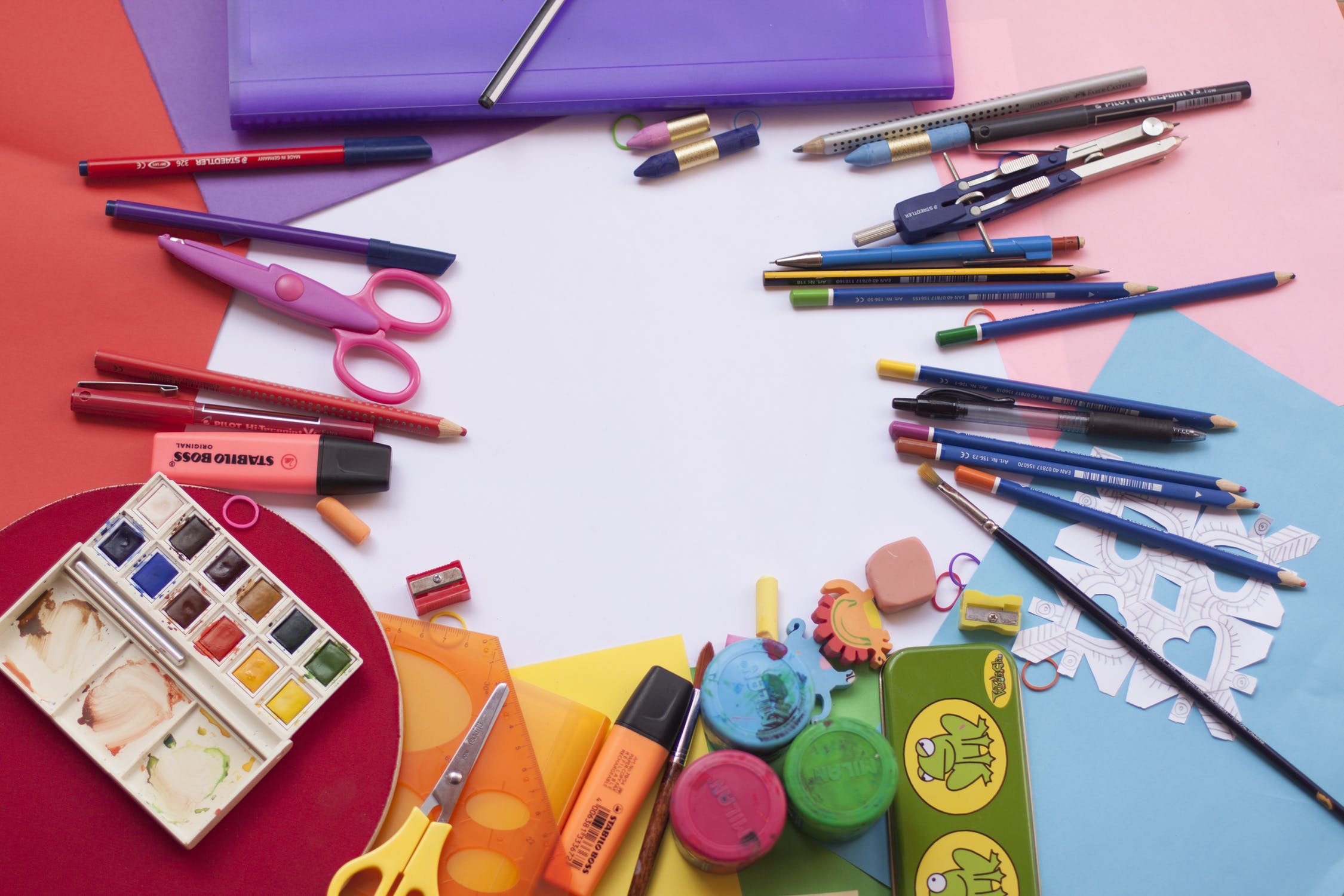So, there have been a plethora of articles about reopening of schools and colleges.
In truth, whatever we write or say now could change, depending on the extent of the viral spread over the next several months. Some articles have addressed the costs of reopening; some have suggested that elite institutions will have more money to reopen and arrange testing/supplies and thus are arguably safer. Poor colleges and poor students will be at a disadvantage. Some articles suggested that some students do not want to return and some articles suggested educators do not want to return.
No Role Models
I have made an argument that given all the catastrophes occurring now, many of our students need the benefit of schools and the structure and stability and role modeling they provide. We are sorely lacking quality role models at the local, regional and national levels. Frightening actually. More on that here.
Trauma Responsive Toolboxes Needed
I have also argued that whether reopening for in-person classes or not, we need trauma responsive toolboxes. The effects of the pandemic and the racial tensions, in addition to pre-existing trauma, are threatening the mental health of many students.
We can make some serious arguments both in favor and against reopening. But, we are missing some key opportunities for creativity and innovation and trauma-responsive strategies. We can use the crisis, in essence, to make changes we could not make before or were scared to make before. That is the silver lining of terrible times for our children. But, it is only a silver lining if we actually use the opportunity to improve educational offerings, improve equitable offerings for all children (in education and healthcare. In other words, the reluctance to change education may be shifting — even though some educators like what was.
Two Concrete Suggestions: Value of Small Colleges; Need for Trauma Responsive Institutions and Educators
Here are two concrete suggestions, with critical links for readers. And, with all suggestions, pause and reflect and act with caution along with creativity and innovation.
For starters, small colleges in rural environments can provide remarkable in-person education. It is not totally risk free but with certain steps in place, it may be a pathway forward. And, it may have the added benefit of saving some small colleges that have been and are struggling. This is an example of not letting a crisis go to waste. And the suggestions can be used by larger institutions, with the ideas transported to new environments. See here.
The second suggestion is that now is the time to create trauma responsive institutions from PreK--College. Make no mistake about this: trauma has happened and continues. People are showing trauma symptomology — across the nation from children to adults. Older trauma is retriggered. Home is not a safe place for far too many children and women.
Businesses are not places that have been trauma responsive; they might not even see it as their obligation. Educational institutions have started this work but it is far from systemic and systematic. And, we need trauma responsive educators and institutions with micro and macro changes. If not now, when?
And let’s be clear: racial tensions — with protests of a wide ranging sort — create anxiety and stress and trauma for many children (and adults). Young people are worried about their own safety. What place is safe now? So, in addition to being at risk from COVID, they are at risk in their communities and in the streets.
My new book, Trauma Doesn’t Stop at the School Door: Strategies and Solutions for Educators Pre-K — College, published by Teachers College Press, launched last week — June 22. It is all about trauma responsiveness at the individual and institutional levels. Now, it is sold out at Amazon but available at TC Press and ebook is discounted there too.
Some Conclusions and A Query: Why Not Wear a Mask?
Bottom line: We can improve the lives of students now — through our schools and colleges but we need to do so responsibly. And, speaking of responsibility, I am stunned by how potential role models don’t get their need to wear masks. One wears them to protect others, not oneself. Think about that: how offensive that some high profile athletes and politicians don’t care enough about others to worry about being spreaders. What would it take for them to develop empathy?
Hey Tom Brady, you may be a stellar quarterback (at least based on earlier years) but how can you flaunt mask wearing and continue with practices that are not authorized by the NFL or physicians? I am serious here, assuming the reports and photos are accurate. He may see himself as immune but he can be a superspreader. He might not get sick but others can get sick from him. Doesn’t that matter at all?
And, what about in professional tennis, with Novak Djokovic? He held a tournament and then danced with and hugged folks at a club — shirtless apparently. Are you serious? He infected the Center of Denver Nuggets or the other way around. Who knows who was the spreader? And now the Nuggets player can’t get back to Denver. Cavalier — with other people’s health.
It is one thing to be cavalier about one’s own wellbeing. It is not OK to put others at risk.
And, not to be political and the pandemic doesn’t think red or blue states, could our nation’s leader please wear a mask? He may be protected by his team and tested regularly but his role demands he think of others: signal, message, help others. And, true, masks look ridiculous and they are not in our cultural norm.
But, not wearing a mask isn’t just ridiculous. It is dangerous to others.



Leave your comments
Post comment as a guest